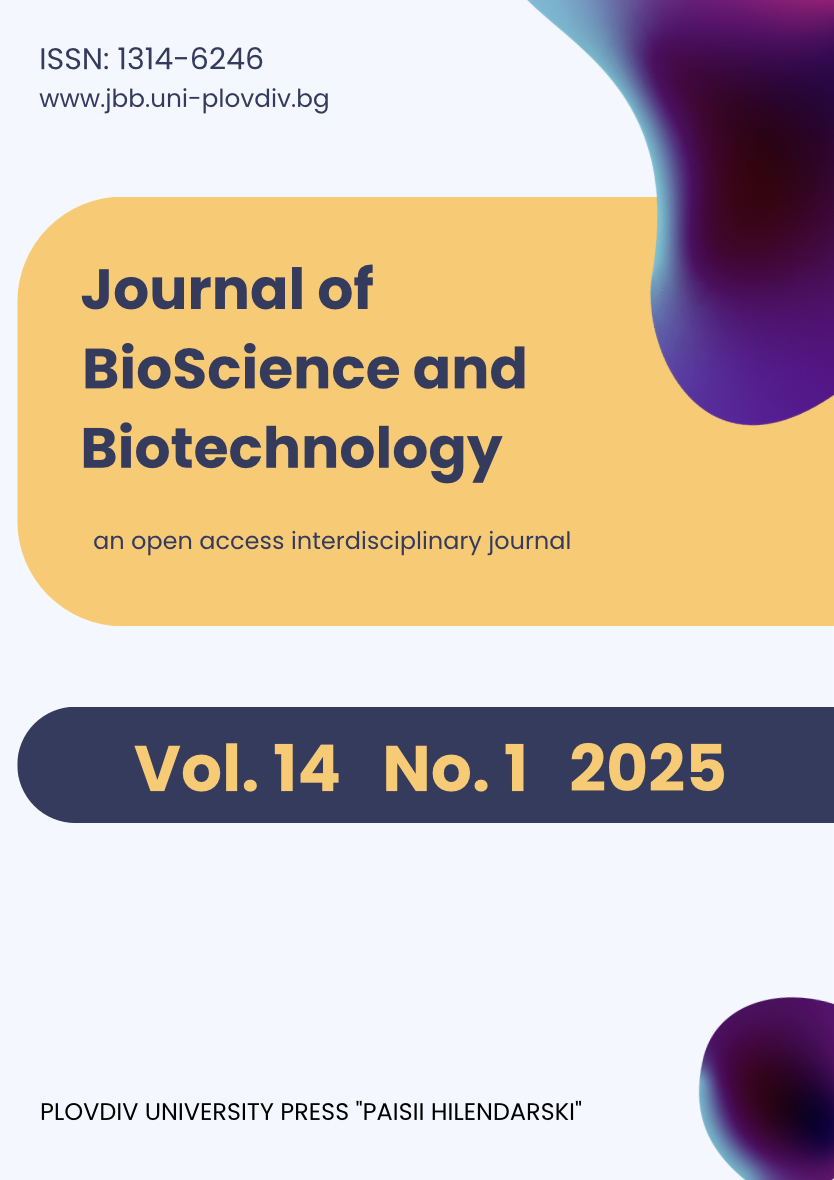Effect of single and co-inoculation of rhizobia and plant growth promoting rhizobacteria isolates on chickpea (Cicer arietinum L.) under greenhouse condition
Keywords:
chickpea, co-inoculation, consortium, symbiotic effectiveness, plant growth promoting rhizobacteriaAbstract
This study was conducted to evaluate the effect of single and co-inoculation of rhizobia and PGPR isolates on the symbiotic effectiveness of chickpea under greenhouse conditions. Three rhizobia isolates were chosen based on eco-physiological tolerance, antibiotic resistance, PGP, biocontrol properties and symbiotic effectiveness. The PGPR isolates were selected based on PGP, biocontrol properties, stress tolerance and antibiotic resistance abilities. In single inoculation, the three rhizobia isolates induced nodule numbers ranging from 37-46 /plant in Dembia soil and 35-42/plant in Adet soil. Co-inoculation treatments generally showed an average increase in nodule numbers by 21-125% compared to single inoculation treatments. The highest nodule dry weight, 301 and 237 mg/p was accumulated by plants inoculated with the consortium on Dembia and Adet soils, respectively. Regarding the shoot dry weight, in Dembia soil the highest shoot dry weight (4.323 g/p) was accumulated by plants inoculated with consortium, followed by 3.817 g/p and 3.536 g/p co-inoculated with GUCR-30 (Mesorhizobium sp. HKG230) + GUCRB21 (Enterobacter mori) and GUCR-19 (Mesorhizobium amorphae B19) + GUCRB76 (Serratia marcescens). Chickpea inoculated with consortium followed by GUCR-30 (Mesorhizobium sp. HKG230) + GUCRB21 (Enterobacter mori) in Dembia soil and GUCR-30 (Mesorhizobium sp. HKG230) + GUCRB76 (Serratia marcescens) in Adet soil displayed the highest shoot total nitrogen content. Co-inoculation of rhizobia and PGPR isolates led to a significant increase in nodule number, nodule dry weight, shoot dry weight and shoot total nitrogen compared to single inoculations and controls. A further field experiment is recommended for upgrading these isolates into chickpea inoculants.
Downloads
Published
How to Cite
Issue
Section
License
Copyright (c) 2025 Andargachew Abrham; Atsede Degefa, Zewdu Awlachew

This work is licensed under a Creative Commons Attribution-NonCommercial-NoDerivatives 4.0 International License.
Authors of articles published in Journal of BioScience and Biotechnology retain the copyright of their articles. The journal/publisher is not responsible for subsequent uses of the work. It is the author's responsibility to bring an infringement action if so desired by the author.
- copyright, and other proprietary rights relating to the article, such as patent rights;
- the right to use the substance of the article in future own works, including lectures and books;
- the right to reproduce the article for own purposes, provided the copies are not offered for sale;
- the right to self-archive the article.


